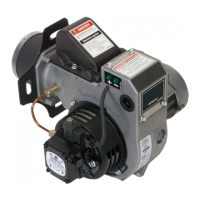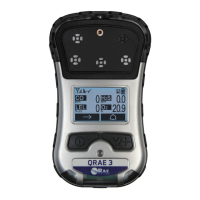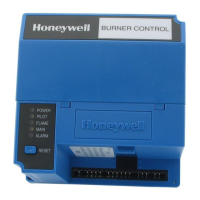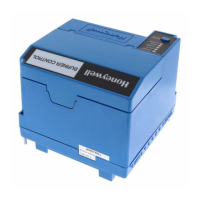2
Honeywell Titan SCBA, 20132
WARNING—Continued
be absorbed directly through the skin, while
others may irritate exposed areas. Always
use in conjunction with personal protective
ensembles that provide appropriate levels
of protection against dermal hazards.
• Visual indications of material degradation
may be identifi ed by charring, blistering,
cracking, crazing, pitting, chalking, rust, and
signifi cant color changes, all of which can
result in a weakened structure, prohibiting
extended useful service life.
• Do not wear this respirator if a satisfactory
fi t, as determined by the fi t testing described
in Section VI., cannot be obtained. Also
see ANSI Z88.2 latest edition and OSHA
Respirator Standard (29 CFR 1910.134).
• Beards and sideburns will prevent a good
facepiece seal. Do not use this respirator
unless you are clean shaven.
• This respirator must be used in
conjunction with a written respirator
program meeting the requirements of the
OSHA Standard for Respiratory Protection,
29 CFR 1910.134, available from the U.S.
Department of Labor, Occupational Safety
and Health Administration. The program
must include, but not be limited to,
procedures for evaluating air contaminants
and selecting appropriate respirators;
procedures for testing the facepiece-to-face
fi t of respirators; procedures for cleaning,
disinfecting, inspecting, maintaining,
and storing respirators; procedures for
determining if workers are physically and
medically capable of wearing respirators;
and procedures for training employees in
the use of respirators and in recognizing the
hazards associated with contaminants in the
workplace.
• Do not use this respirator underwater or for
abrasive blasting.
• This SCBA is designed for storage in
temperatures from -25° F to +160° F. If stored
below 0° F, the SCBA must be warmed to
above 0° F before use. Failure to do so may
result in damage to the equipment.
• Honeywell respirators, accessories
and associated equipment should not be
used in atmospheres which may contain
contaminant concentrations above the
lower explosive limit (LEL). Intrinsic safety
certifi cation of electronic components does
not eliminate potential danger of ignition of
these atmospheres.
• The pressure within the Honeywell
facepiece remains positive under most
working conditions, but as with all SCBAs,
negative pressure excursions are possible.
Conditions when an SCBA can experience
WARNING—Continued
negative facepiece pressures include, but
are not limited to: 1) the SCBA is improperly
worn, 2) the SCBA is not used in accordance
with the instructions, 3) the SCBA is
improperly maintained, or 4) the SCBA is
subjected to over-breathing during heavy
work rates. The SCBA will provide reduced
protection when operated in a negative
pressure mode.
• Some sensitive individuals may experience
health problems when exposed to even
minute amounts of contaminants. This
SCBA will not prevent health problems for
those individuals.
• Sensitized persons can have severe
reactions to chemicals at levels well below
accepted health levels such as the OSHA
Permissible Exposure Limit (PEL), ACGIH
®
Threshold Limit Value (TLV
®
), or NIOSH
Recommended Exposure Limits (REL).
Do not use this SCBA if you have been
sensitized from previous exposure or
believe that you may be sensitive or allergic
to any chemicals (e.g., isocyanates, latex, etc.).
• Do not alter or modify this SCBA in any
manner. Modifying this SCBA will void
NIOSH certifi cation and may create a
condition in which the SCBA would not
provide the intended protection. Do not
remove, obscure, or alter any labels on the
SCBA.
• Some individuals are sensitive to chemicals
(e.g., isocyanates, latex, oil mists, etc.) or
may have some type of respiratory disorder
(e.g., asthma, chronic obstructive pulmonary
disease, etc.). If you are sensitive to any
chemical or have a respiratory disorder, you
may have a severe reaction at contaminant
levels well below accepted health
levels, such as the OSHA Permissible
Exposure Limit (PEL), ACGIH
®
Threshold
Limit Value
®
, or the NIOSH Recommended
Exposure Limit (REL). Many chemicals
(e.g., isocyanates, mercury, etc.) have no
physical warning properties and cannot be
tasted or smelled, even though they may
be present in the facepiece. This SCBA will
reduce, but will not eliminate, the possibility
of contaminants entering the facepiece and
causing a severe reaction. Do not use this
respirator under these conditions.
• Discontinue use if you experience skin
irritation or discoloration.
•
An impact to the second stage regulator when
the cylinder valve is open may inadvertently
activate the First-Breath-On mechanism,
causing air to fl ow from the regulator and
diminishing the air in the cylinder.
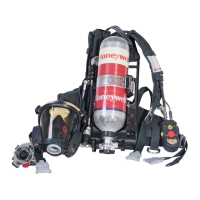
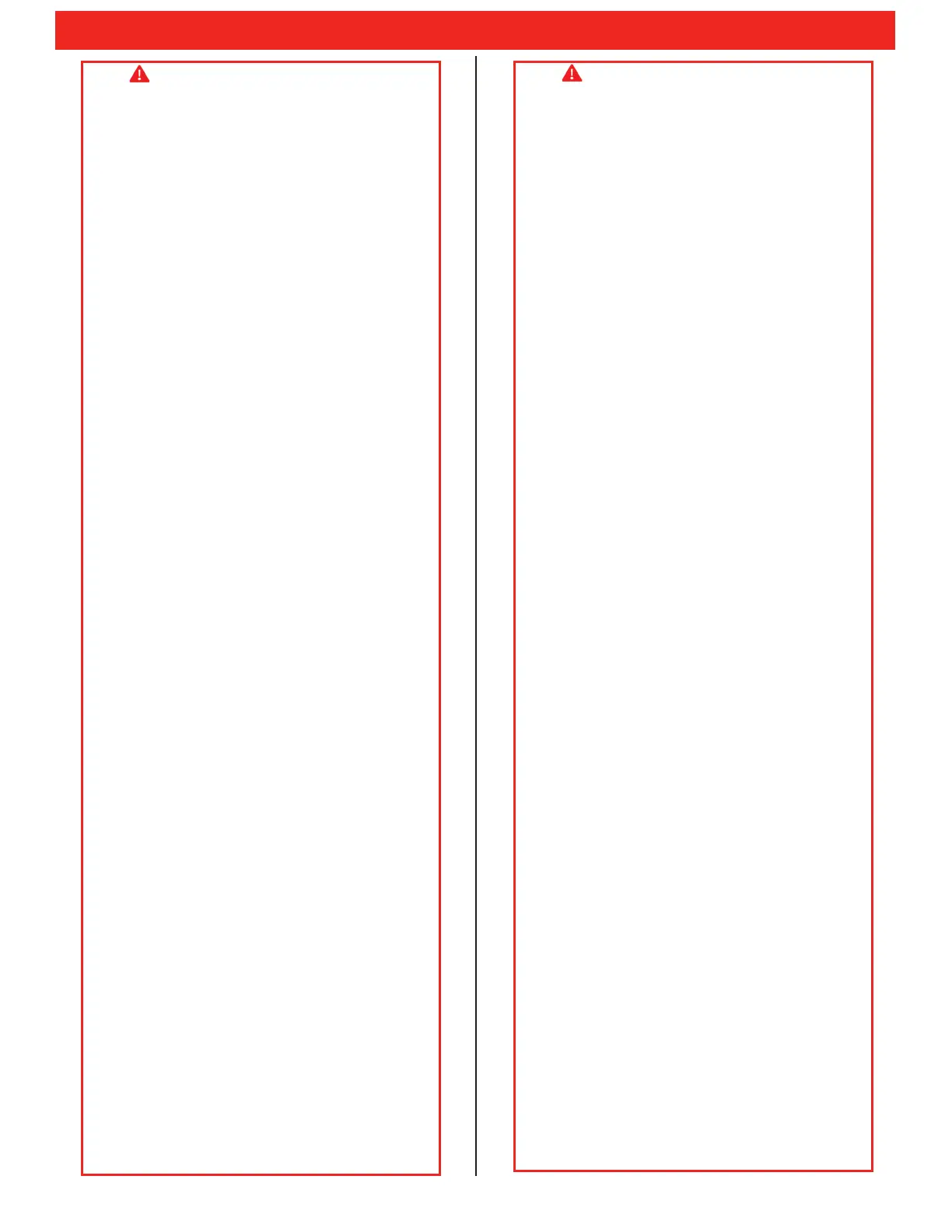